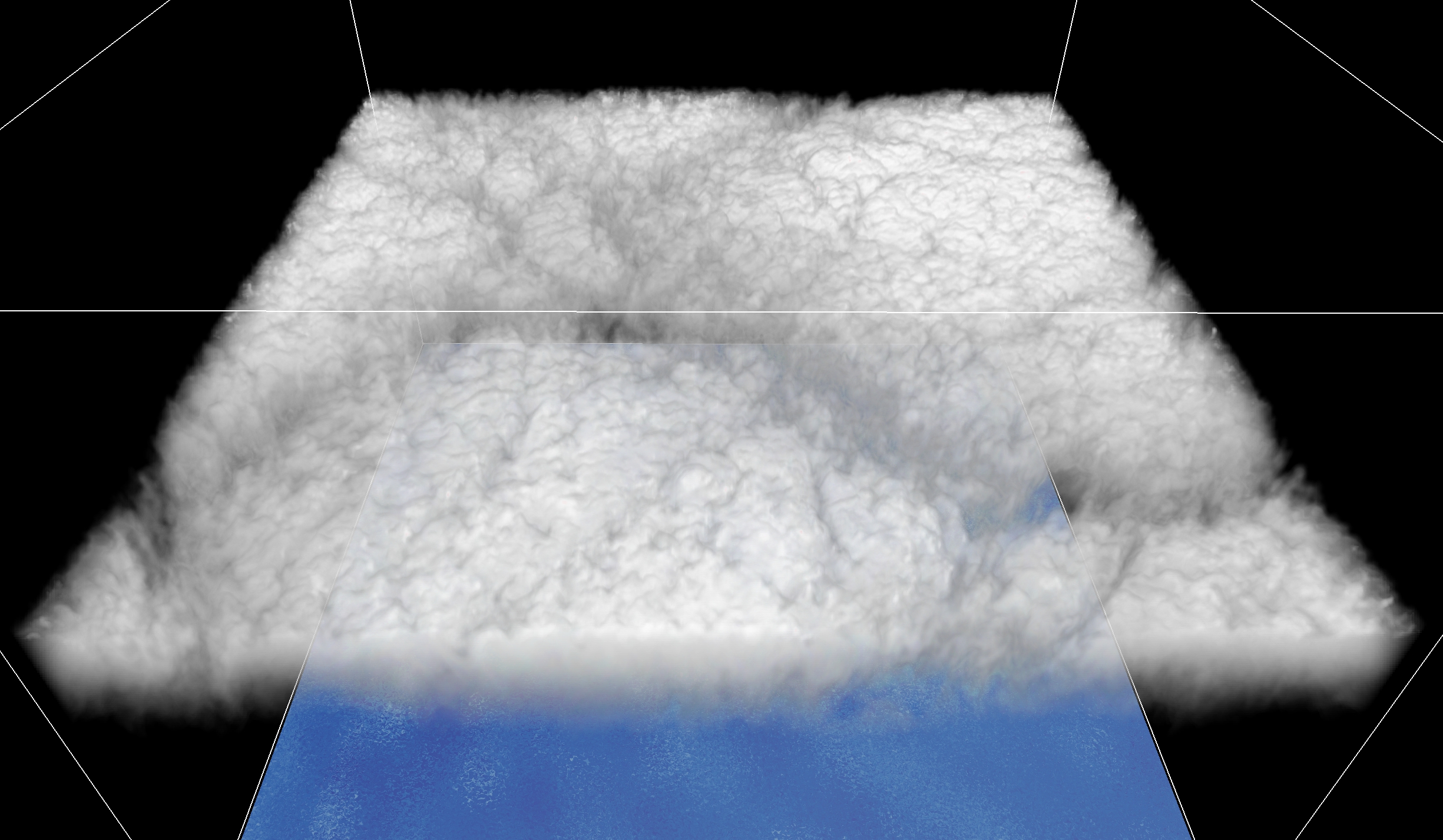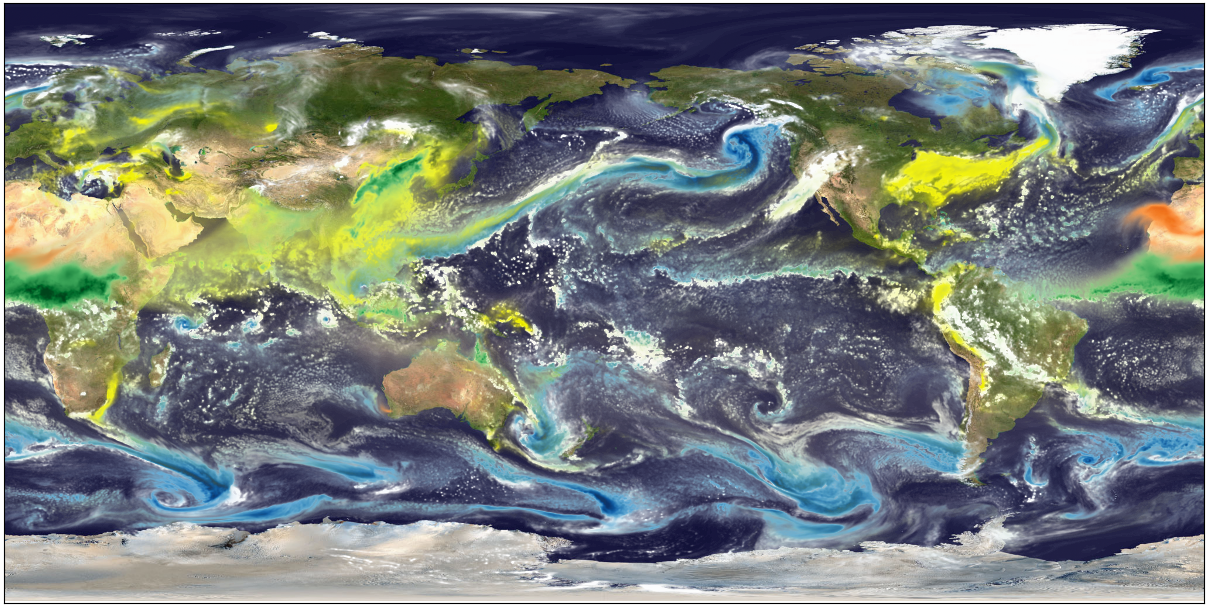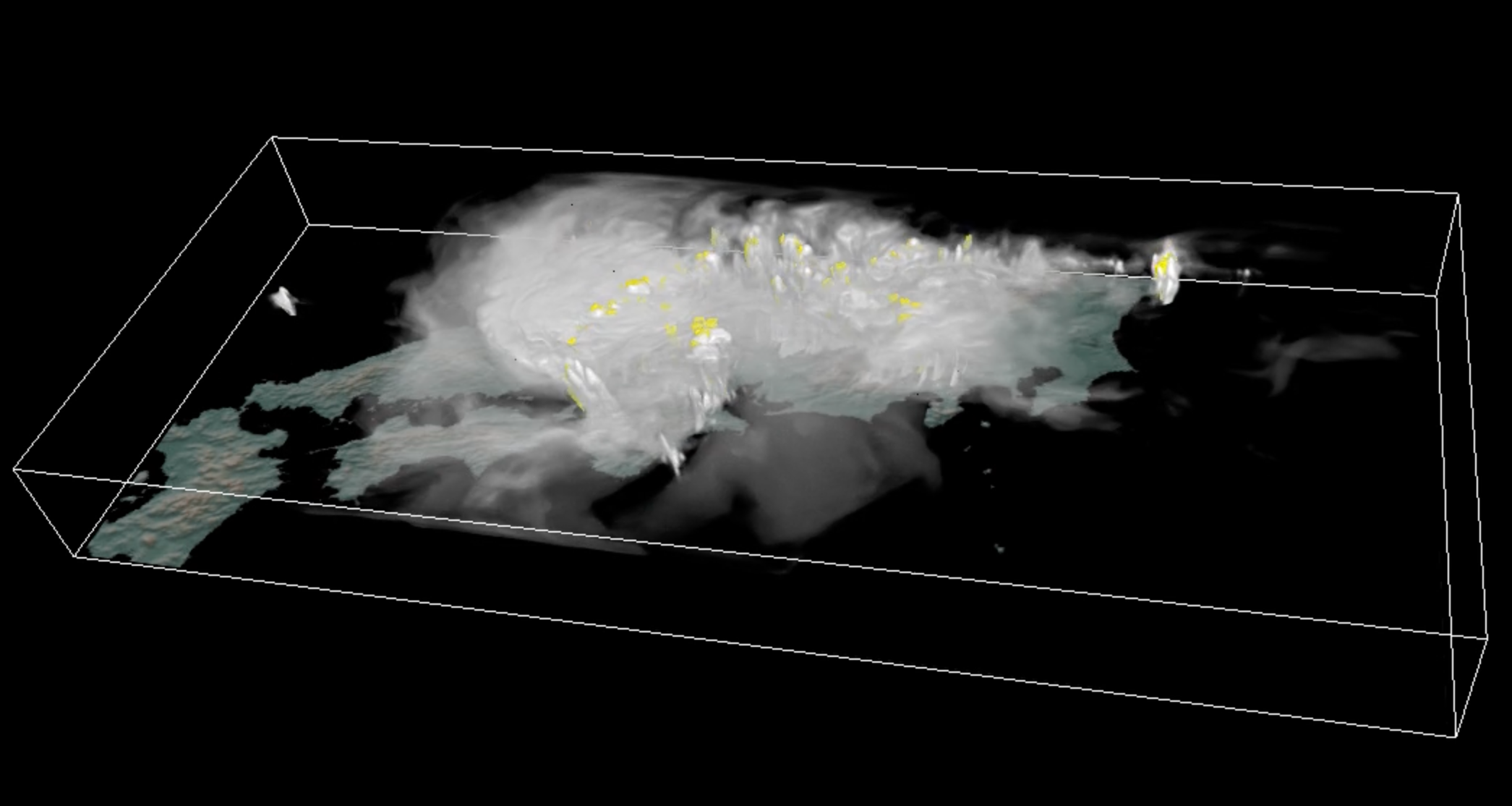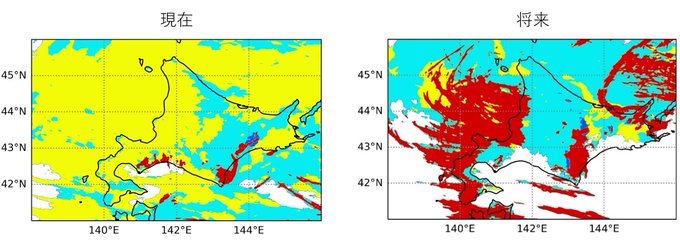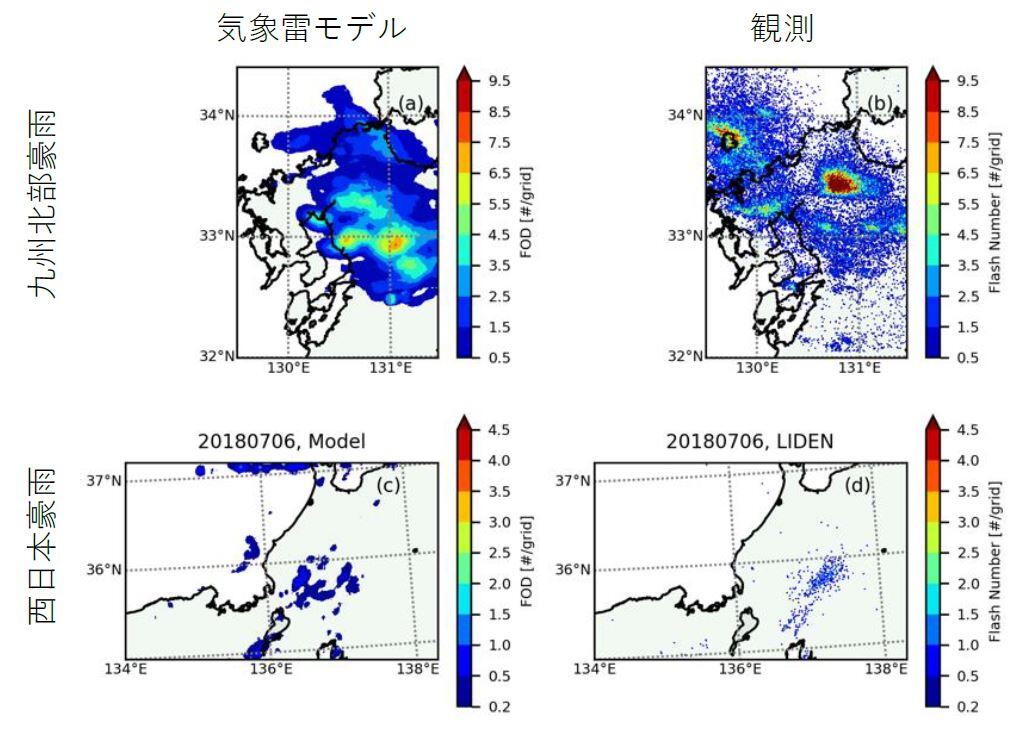SATO Yousuke
Associate Professor
Numerical simulation targeting on cloud, lightning, and aerosol
Department of Earth and Planetary Sciences, Earth and Planetary Dynamics
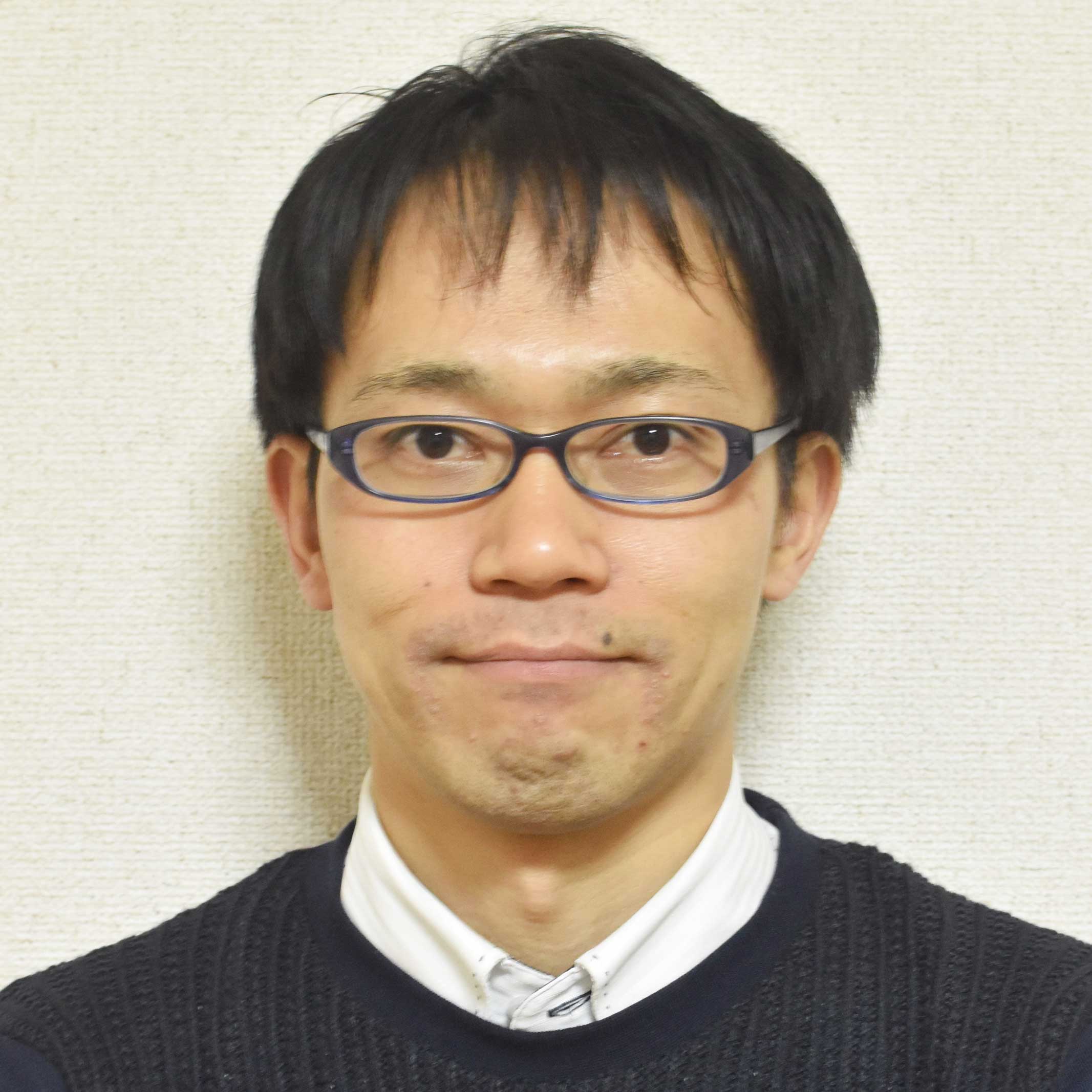
| Theme | Study of cloud, aerosol, aerosol-cloud interaction, and lightning using numerical simulation, and development of numerical weather/climate models |
| Field | Meteorology, Cloud microphysics |
| Keyword | Aerosol cloud interaction, Global cloud system resolving model, Large Eddy Simulation, Numerical weather/climate model, Bulk lightning model |
Introduction of Research
My research field is meteorology, especially cloud, aerosol, lightning, and their effect on the human life. I'm researching them using the numerical simulation. During my research activity, I have experience using super computer like K computer and Fugaku, Earth Simulator, and so on. As well as the aerosol, cloud and lightning, I have been contributing the research project targeting on the radionuclide emitted from nuclear power plant to atmosphere using the numerical simulation.
Development of the numerical weather/climate model is also my research topic.
Representative Achievements
Y. Sato, S. Hayashi, and A. Hashimoto,
Atmo. Sci. Lett., 23(1), doi:10.1002/asl.1067 (2022)
Y. Sato, Y. Miyamoto and H. Tomita,
Mon. Wea. 149, 753-771, (2021)
| Academic degree | Ph. D. |
| Self Introduction | My research field is meteorology, especially cloud, aerosol, lightning, and their effect on the human life. Befor I come to Hokkaido, I lived in Chubu (near Nagoya), Kantou (Chiba Pref.), Kansai (Kobe Pref.). |
| Academic background | 2006: B.A. Nagoya University, Department of Science (in Physics) 2008: M.S. University of Tokyo, Department of Earth and Planetary Sciences Apr. 2008- Mar. 2009: East Japan Railway Company 2012: Sci. PhD. University of Tokyo, Department of Earch and Planetary Sciences Apr.2010 - Mar.2012: Research Fellow of the Japan Society for the Promption of Science(DC2) Oct.2010 - Dec.2010: Visiting Researcher, National Center for Atmospheric Research, USA Apr.2012 - Mar.2015: Post-doctoral fellow, RIKEN Advanced Institute for Computational Science, Computational Climate Science Research Team Apr.2015 - Apr.2017: Special Post-doctoral fellow, RIKEN Advanced Institute for Computational Science, Computational Climate Science Research Team Apr.2013 - Mar.2017: Visiting Associate Professor, University of Hyogo, Graduated School of Simulation Study Apr.2013 - Mar.2017: Visiting Researcher, Meteorological Research Institute, Atmospheric Environment and Applied Meteorology Research Department May 2017 - Present: Visiting Researcher, RIKEN Center for Computational Science, Computational Climate Science Research Team May 2017 - Mar.2019: Assistant Professor, Department of Applied Energy, Graduate school of Engineering, Nagoya University Apr.2019 - Present: Associate Professor, Faculty of Science, Department of Earth and Planetary Sciences, Research Field of Hokkaido Weather Forecast and Technology Development (Endowed by Hokkaido Weather Technology Center Co. Ltd.), Hokkaido University |
| Affiliated academic society | Japan Meteorological Society, Japan Geoscience Union |
| Project | Development of an Atmospheric Simulation Model for Estimating the Probability of Local Atmospheric Phenomena |
| Room address | Science Building 8 8-216 |

